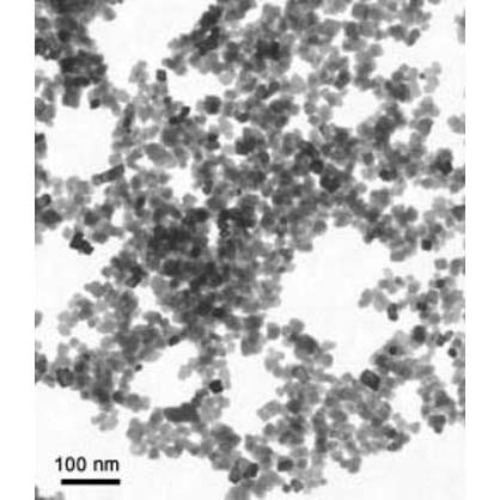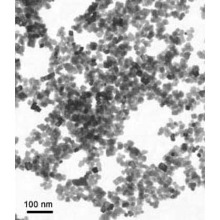 |
|||
|
|
|
|
Nano powders: A-ZProduct Properties 1953RH is a reinforcing additive in plastics such as PP and PE. It significantly improves the impact strength, flexural modulus and tensile strength. It can partially replace existing reinforcing additives such as CPE and existing elastomeric reinforcing agents used in PP to lower your product cost. Typical Properties
Health and Safety
Calcium Carbonate Nanopowder/Nanoparticles General Description First identified in the opening decade of the 19th-century, calcium constitutes a part of the alkaline metal group, which is a reactive, soft metal, and the fifth most abundant element found in the earth's crust. Displaying a dull gray-silver appearance in its elemental form, calcium is located in such minerals as gypsum, plagioclases, dolomite, pyroxenes, and garnets. In addition to various industrial usages as an alloying agent, calcium also is also a biologically essential element found in bones, teeth, and shells. Calcium carbonate nanoparticles are synthesized through the precipitation of calcium nitrate and saturated sodium carbonate solution. Calcium Carbonate Nanopowder/Nanoparticles Applications Calcium carbonate nanoparticles offer an array of industrial applications owing to its non-toxicity, biocompatibility with bodily fluids, high porosity, and high surface area to volume ratio. As such, some key applications include:
Calcium carbonate is a ubiquitous element that a wide range of applications that are of benefit from the manufacturer down to the end user. |
||||||||||||||||||||||||||||||









